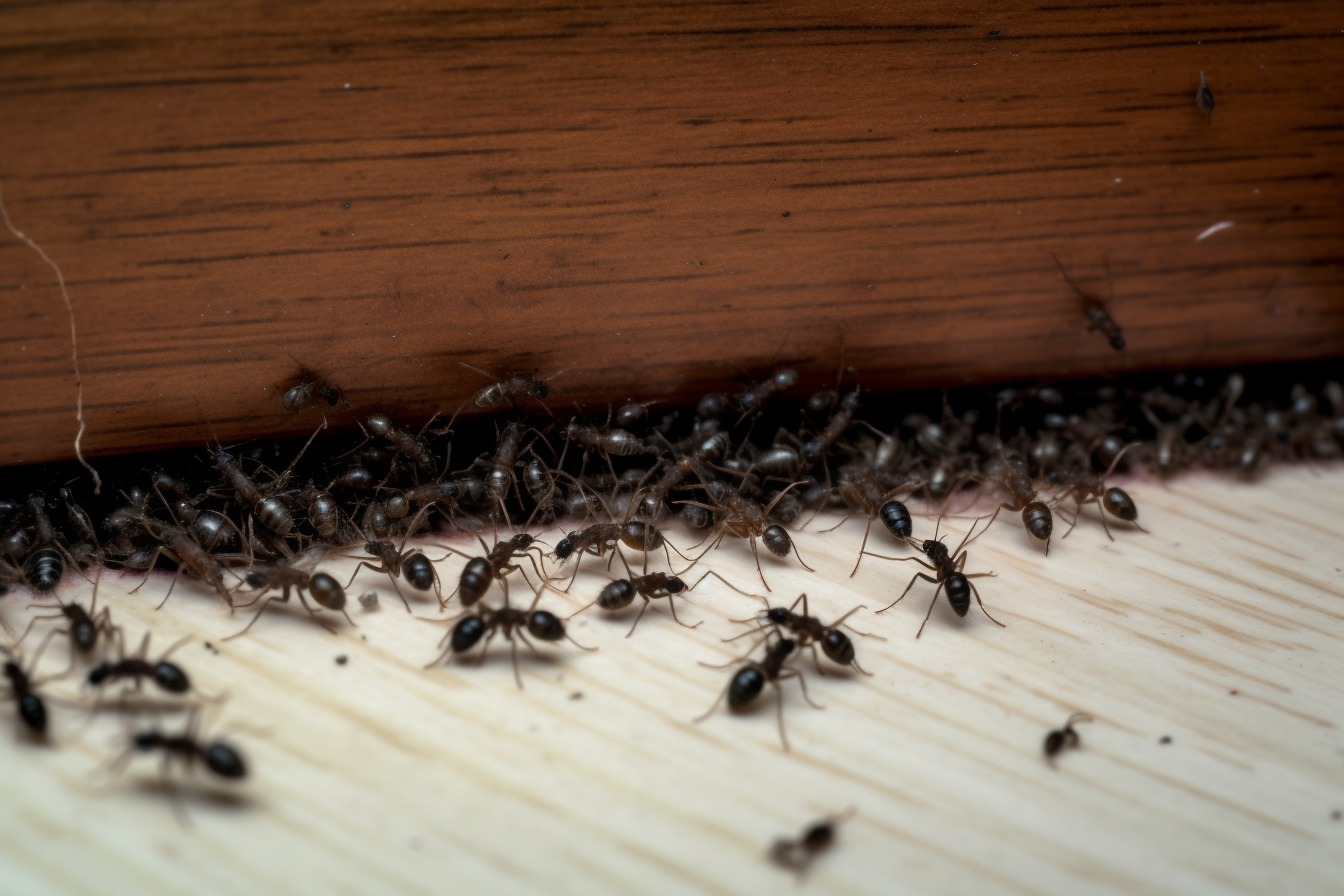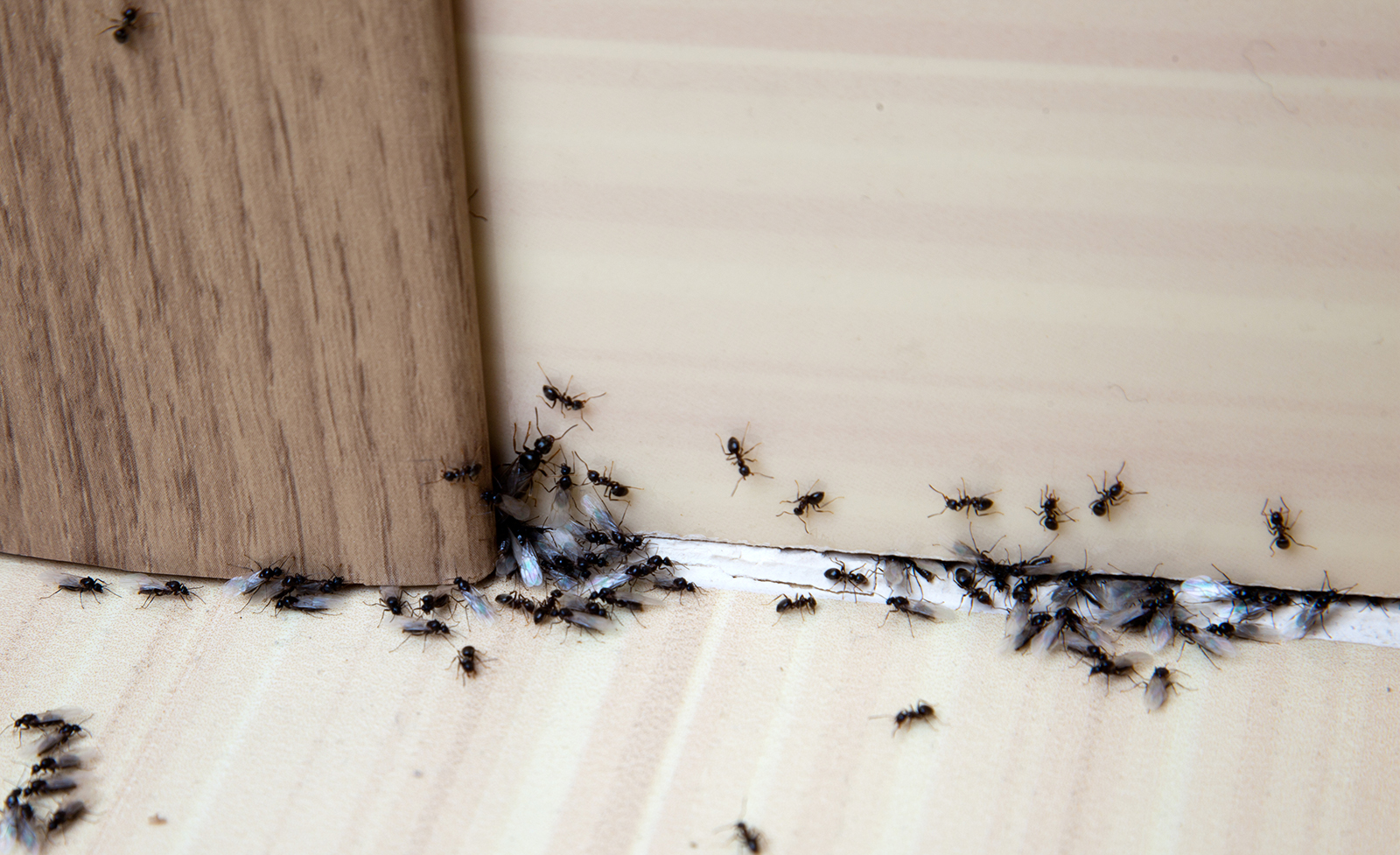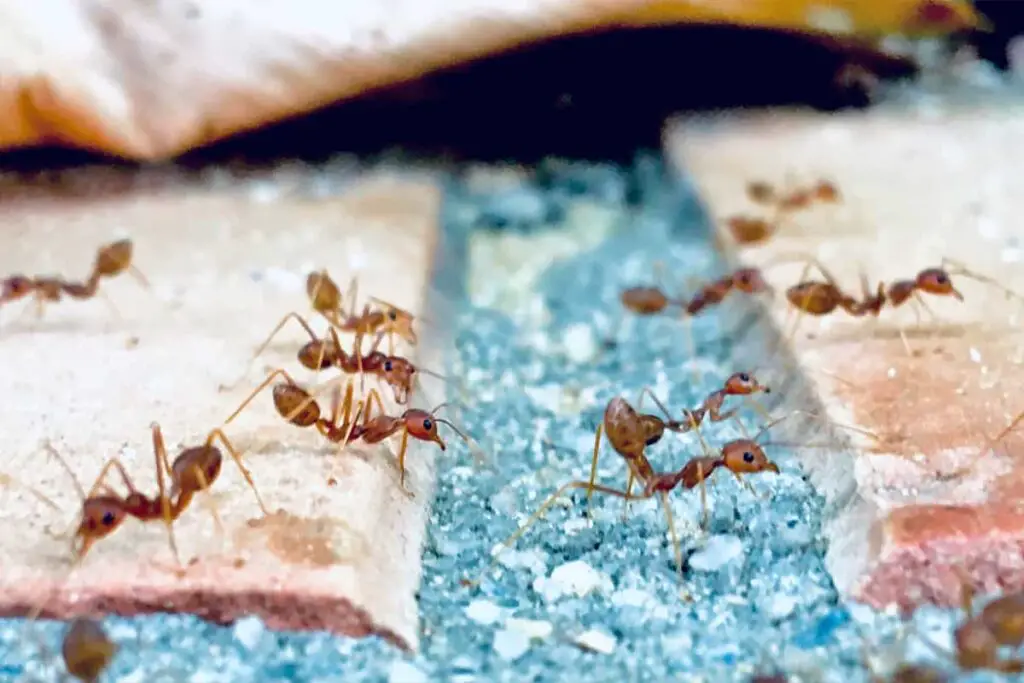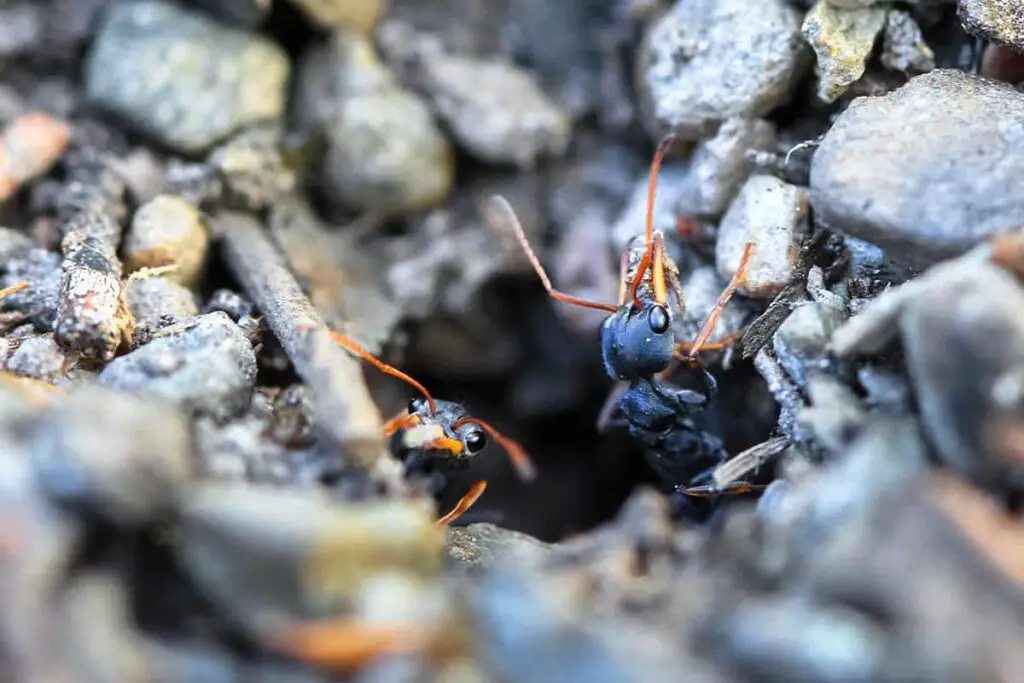
As someone who semi-frequently experiences ant incursions into their home, I’ve often wondered about which kind of environment ants prefer. This seemingly simple question led me on a fascinating journey into the world of ants, uncovering their behaviors and preferences, and provided valuable insights for anyone trying to manage ant infestations or simply understand these intriguing insects better.
Ants generally prefer dark spaces. Most ant species are nocturnal, meaning they are active during the night and prefer to avoid direct exposure to light. They are highly sensitive to ultraviolet (UV) light, which can be harmful to their eyes and can disrupt their foraging and navigation abilities. As a result, ants typically seek out dark areas, such as underground nests and crevices.
Ants, like many other creatures, have unique characteristics that influence their preferences for light and darkness. Some species of ants may be more active during the day, while others come out at night. Understanding these distinctions is key to determining whether ants are more likely to be attracted to dark or light environments.
Ants and Light Preferences
The majority of ants are not significantly affected by whether their surroundings are dark or bright, but they do generally prefer dark areas more than light. This helps them remain undetected, increasing their chances of survival. In this section, I will delve deeper into ants’ light preferences, phototaxis, and the factors that influence their behavior.
Phototaxis in Ants
Phototaxis is the movement of organisms in response to light. While not all ant species exhibit strong phototaxis, many of them do show a preference for darkness. For instance, flying ants are known to be attracted to light sources, but that’s an exception in the ant world. In general, ants’ preference for darkness aids them in avoiding exposure to direct sunlight, which can be both a thermal and a predation risk.
Influencing Factors
Several factors influence ants’ light preferences and behavior. They may venture into the light in search of food and water, making their foraging activities predominantly in the darker hours. Ants also consider their surroundings and adapt their behavior to avoid predation. In fact, their size and color make it easier for predators to spot them in daylight.
Furthermore, the ant species play a role in determining their light preferences too. For example, Red Wood ants sometimes go out in the light as part of their specific behaviors. At the same time, some other species may be more sensitive to light and prefer staying in their dark nests. In conclusion, ants’ light preferences are influenced by a combination of factors including their survival needs, environmental conditions, and species-specific behaviors.

Experimental Studies
Methods and Procedures
Here is an experiment recommended by Education.com to help you further understand the preference of ants for light or dark areas. To get started, set up three separate observatories with 25 ants in each. Placed one observatory in a dark location, another in an area with constant light, and a third one in a spot with alternating 12 hours of light and 12 hours of darkness.
Over a period of several days, observe the ants’ behavior patterns at the same time each day to maintain consistency. Recorded their activities, such as their tunneling progress in each observatory and any noticeable differences in their movements.
Observed Behavior Patterns
You may notice various behaviors exhibited by the ants in the different light conditions. In the observatory with constant darkness, ants dig more tunnels compared to the ones in the constant light environment. Their movements appeared more purposeful, and they are visibly more active.
In the constantly lit area, ants showed some hesitation in their actions, and their movements were slightly sluggish. They still dug tunnels, but their progress was slower than their counterparts in the dark observatory. In the third observatory with alternating light and dark periods, ants will adjust their digging activities according to the light conditions. They will tend to be more active during the dark periods and less active during the light periods.
These observations align with aspects of natural ant behavior since ants generally prefer dark environments for their nesting sites, as identified by The Australian Museum.
Applications and Implications
As I delve deeper into the topic of ants and their preference for dark or light areas, I uncovered some practical applications and implications for both pest control strategies and ecosystems.
Pest Control Strategies
Understanding ants’ preference for dark or light areas can significantly improve your pest control strategies. Since many ant species are more active in darker environments and have a compound eye structure that enables them to see in the dark, you can better target their movements and locate their nests in darker areas.
One effective way to control ant populations is by using ant bait stations. By placing these stations along their trails, especially in dark areas where they are more likely to move, you can effectively eliminate both the workers and the queen.
Effect on Ecosystems
In ecosystems, a deeper understanding of ants’ preference for dark or light areas will help inform you about their potential impact on flora and fauna. Since ants play a crucial role as decomposers and aerators, their preference for darkness may lead to a more efficient recycling of organic matter in areas with less sunlight, such as under logs and dense foliage.
However, ant species differ in their affinity for light or darkness. For example, Fauna Facts details that flying ants may sometimes be attracted to light, while blind army ants are completely unaffected by light sources. Therefore, when considering the effect of ants on ecosystems, it is important to remember the diversity in species and preferences relating to light or darkness.
Conclusion
In my endeavors to keep ants out of my kitchen, I learned that they can be active in both dark and light conditions. Some species, such as odorous house ants, are especially active during the night. This might be because they prefer to remain hidden within their chambers and avoid exposure to potential threats. On the other hand, ants as a whole prefer darkness.
Furthermore, I learned that ants possess certain visual adaptations that enable them to navigate efficiently in dim light. According to a study published in Integrative and Comparative Biology, nocturnal ants have adapted their eyes to deal with low-light settings, ensuring that they can find their way around at nighttime.
It is clear that ants can function effectively in both dark and light areas. While some species might exhibit a preference for nighttime activity, it does not mean that they completely avoid well-lit spaces. Given their remarkable adaptability, ants have truly earned their reputation as some of nature’s most fascinating and resilient creatures.
Driven by a passion for those tiny creatures that rule our world, we at Bug Domain strive to be your go-to resource for information on insects.



